Lewis Hamilton’s early Ferrari stint divides opinion. Is it a slow adaptation or the sign of deeper incompatibility with ground effect cars?
Since his highly publicized move to Ferrari, Lewis Hamilton has found himself in a unique situation.
Neither catastrophic nor transcendent, the first part of his season raises valid questions without justifying alarmism or emotional shortcuts.
A cold analysis of the numbers and context paints a nuanced picture, far from hot takes or rushed judgments.
Results That Hold Up… On the Surface
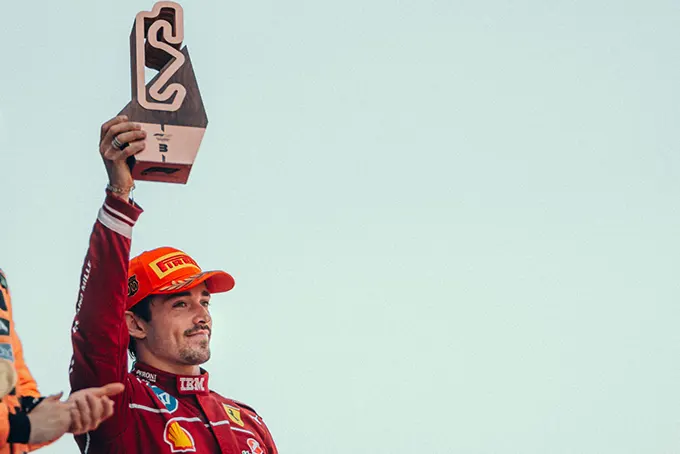
On the scoreboard, Hamilton is far from outclassed: 71 points versus 94 for Charles Leclerc.
A 23-point gap one-third into the season, in a sometimes temperamental car, is hardly alarming.
Ferrari, for its part, has climbed to second place in the Constructors’ Championship, a collective achievement that cannot be reduced to a simple internal comparison.
The qualifying delta, around two to three tenths of a second, remains consistent with current grid standards, which are extremely tight.
What works more against Hamilton is the assessment of race pace, often trailing behind Leclerc’s and contributing to a heavier Sunday record.
Discomfort with the Ground Effect Generation
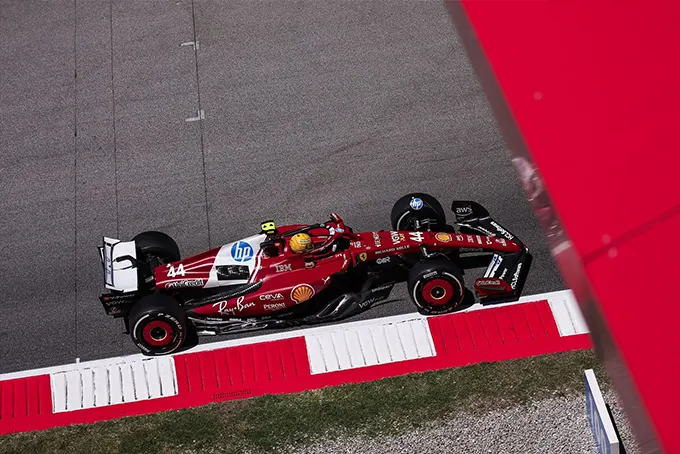
Since 2022, ground effect cars have changed the game. And Hamilton, despite his immense talent, has never truly found the same harmony with this architecture as with previous generations of cars.
It is not a question of age or motivation but rather an adaptation to a driving style that favors a certain mechanical feedback, more raw and less fluid, the opposite of the style Hamilton has favored since his early career.
The fact that Leclerc thrives in this generation of cars makes the contrast even more pronounced.
This is not a collapse in form but rather a technical context that does not highlight the strengths of the former seven-time world champion.
The Trap of Unrealistic Expectations
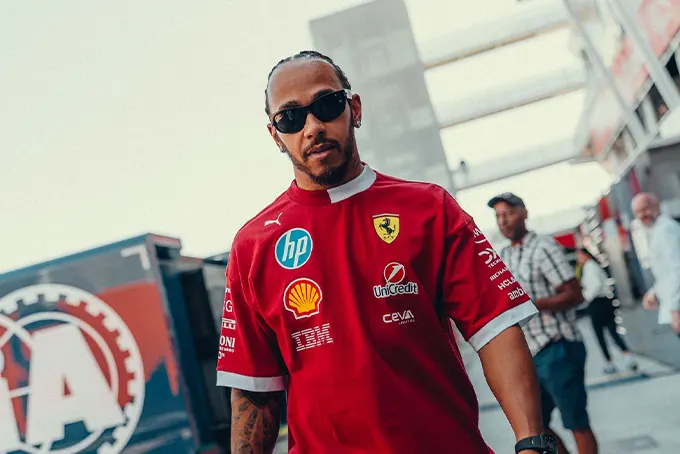
Hamilton has never hidden his ambition to chase an eighth world title, and his move to Ferrari was seen as an act of faith in that direction.
But this expectation, almost mythical, has created a distorted lens: for many, anything short of dominance is seen as failure.
This lens is all the more cruel given Ferrari’s recent history, marked by the difficult tenures of Alonso, Vettel and Räikkönen, which demonstrates how hard it is for even top-tier drivers to succeed in such a legacy-heavy and expectation-filled environment.
The Scuderia remains an institution, and succeeding there requires far more than raw talent.
An Inevitable but Limited Comparison
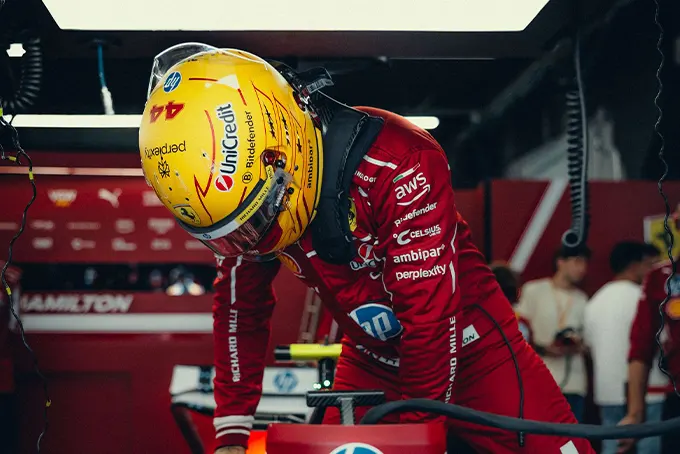
Comparing Hamilton to Leclerc, or to Russell in previous seasons, is logical but often unhelpful. It is reductive to believe that the performance gap alone reveals absolute ability.
A driver is a complete package: he interacts with his team, his engineer, his car and his current confidence.
In a sport where mechanics influence as much as mentality, a change in environment, from Mercedes to Ferrari, never translates immediately to a transfer of performance.
What Now?
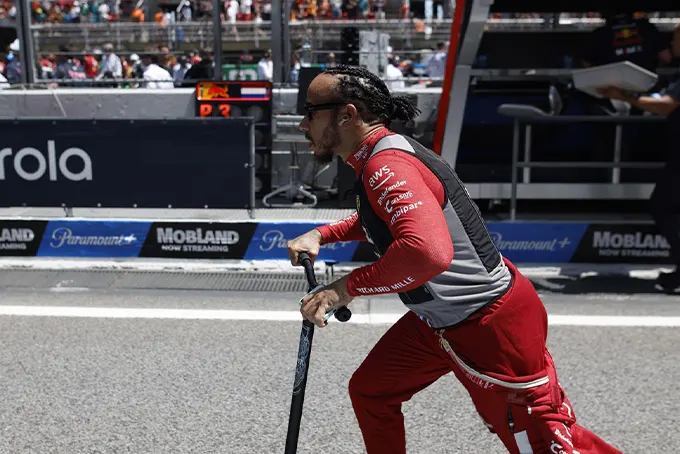
The 2025 season may not be the year of the hoped-for renaissance, but it can be a year of transition.
Ferrari must find more performance to compete with McLaren and Red Bull. In that collective effort, Hamilton can play a strategic role, even if he is not consistently bringing in the biggest points.
As for 2026, it is a pivotal moment: new technical regulations, new opportunities.
Hamilton may see this as a chance to reset the deck, a moment when the cards will be reshuffled. If he can stay mentally engaged until then, the Ferrari gamble could still pay off, at least in terms of legacy.
The beginning of the Hamilton era at Ferrari is not a failure. It is a complex transition, tinged with frustration but also a form of clarity.
The challenge is not only technical but also human, psychological and strategic. And that is precisely what makes it interesting.
Because in a Formula 1 where gaps are measured in tenths, sometimes progress is not about speed but about perspective.
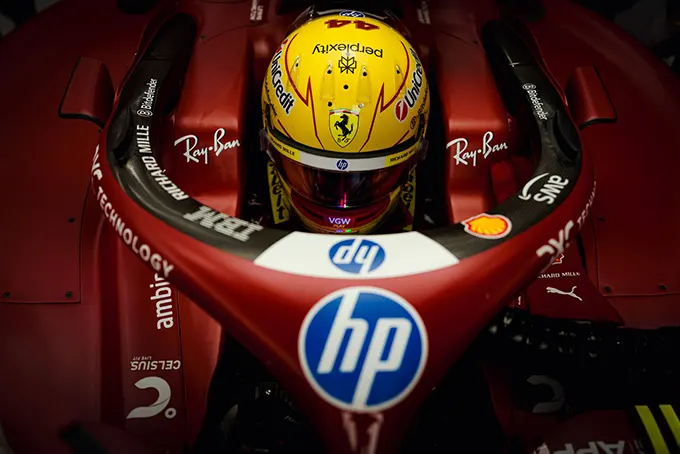
- Discover More>Rosberg: Hamilton’s Ferrari Woes ‘Hard to Witness’
- Following us on>Facebook et Twitter
